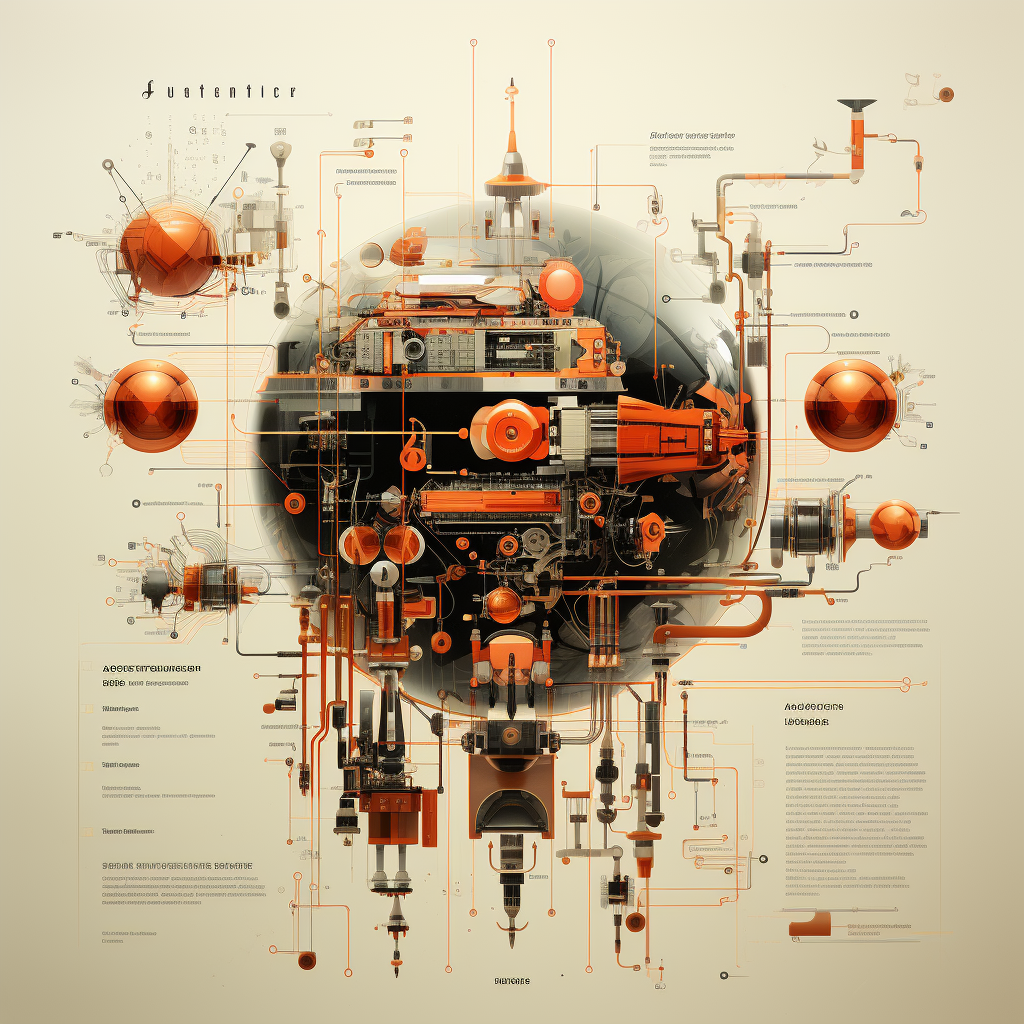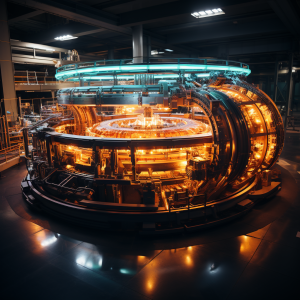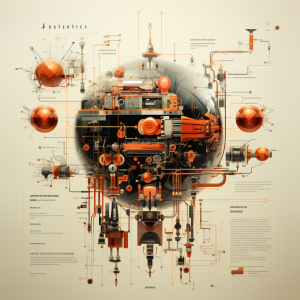
How do transistors work, and what are their applications in modern electronics?
Transistors, tiny electronic switches, are at the heart of modern electronics. They revolutionized technology in the 20th century and continue to play a crucial role in numerous devices, from radios and televisions to computers and smartphones. Understanding how they work and their role in electronics can seem daunting, but it boils down to a few core principles of physics and materials science.
What is a Transistor?
A transistor is a type of semiconductor device that can amplify or switch electronic signals and electrical power. It is composed of semiconductor material, usually silicon, with at least three terminals for connection to an external circuit.
Semiconductors are materials with properties between those of conductors (which allow electricity to flow easily) and insulators (which prevent electricity from flowing). The conductivity of a semiconductor is primarily determined by the number of charge carriers it has – these are either free electrons (negative) or ‘holes’ (which are the absence of an electron, and are treated as positive).
The most common type of transistor is the Bipolar Junction Transistor (BJT), which has three layers of semiconductor material. The middle layer (base) is thin, and the other two (emitter and collector) sandwich it. There’s also the Field-Effect Transistor (FET), where current is controlled by an electric field, which alters the conductivity of a “channel” of semiconductor material.
How Do Transistors Work?
Let’s take a look at the BJT for a moment. The outer layers (emitter and collector) are either both ‘n-type’ semiconductor (with an excess of electrons), and the base is a ‘p-type’ (with an excess of holes), or vice versa. The interaction between these layers makes the transistor work.
In a BJT, a small current at the base can control a much larger current between the emitter and collector. When a voltage is applied to the base, it causes electrons to move from the emitter to the base, and holes to move from the base to the emitter. Because the base is very thin, most of the electrons don’t recombine with holes in the base. Instead, they reach the collector, creating a larger output current.
In a FET, the current is controlled by varying the width of the conductive channel, which is done by applying an electric field (voltage). When a voltage is applied to the “gate” terminal, it attracts carriers (electrons or holes) to the region near it, creating a conductive channel between two other terminals (source and drain). The greater the voltage, the more carriers are attracted, and the better the device conducts.
Applications of Transistors in Modern Electronics
Transistors have two major functionalities: switching and amplification, and these functions are at the core of nearly all electronic devices.
Switching
Digital electronics, like computers and smartphones, use transistors as switches. A transistor works as a switch when it is used in cutoff or saturation mode. In cutoff mode, no current flows, equivalent to a switch being off. In saturation mode, current flows freely, equivalent to a switch being on. A digital signal consists of on/off states, or 1s and 0s. A single transistor can represent one bit, the most basic unit of information.
Amplification
Transistors can also amplify signals, making them crucial in devices like radios, televisions, and audio amplifiers. In this case, a small change in the input voltage results in a large change in the output current. This is a linear region of operation, different from the on/off states used in digital electronics.
Transistors have also enabled the development of Integrated Circuits (ICs), where millions (or even billions) of transistors can be manufactured on a single silicon chip. This has allowed for the miniaturization of electronic devices and played a key role in the rise of portable electronics.
Overall, transistors’ ability to act as both a switch and an amplifier has made them indispensable in modern electronics. Whether it’s the microprocessor in a computer, the RF transmitter in a cell phone, or the audio amplifier in a home stereo system, none of these would be possible without transistors.




